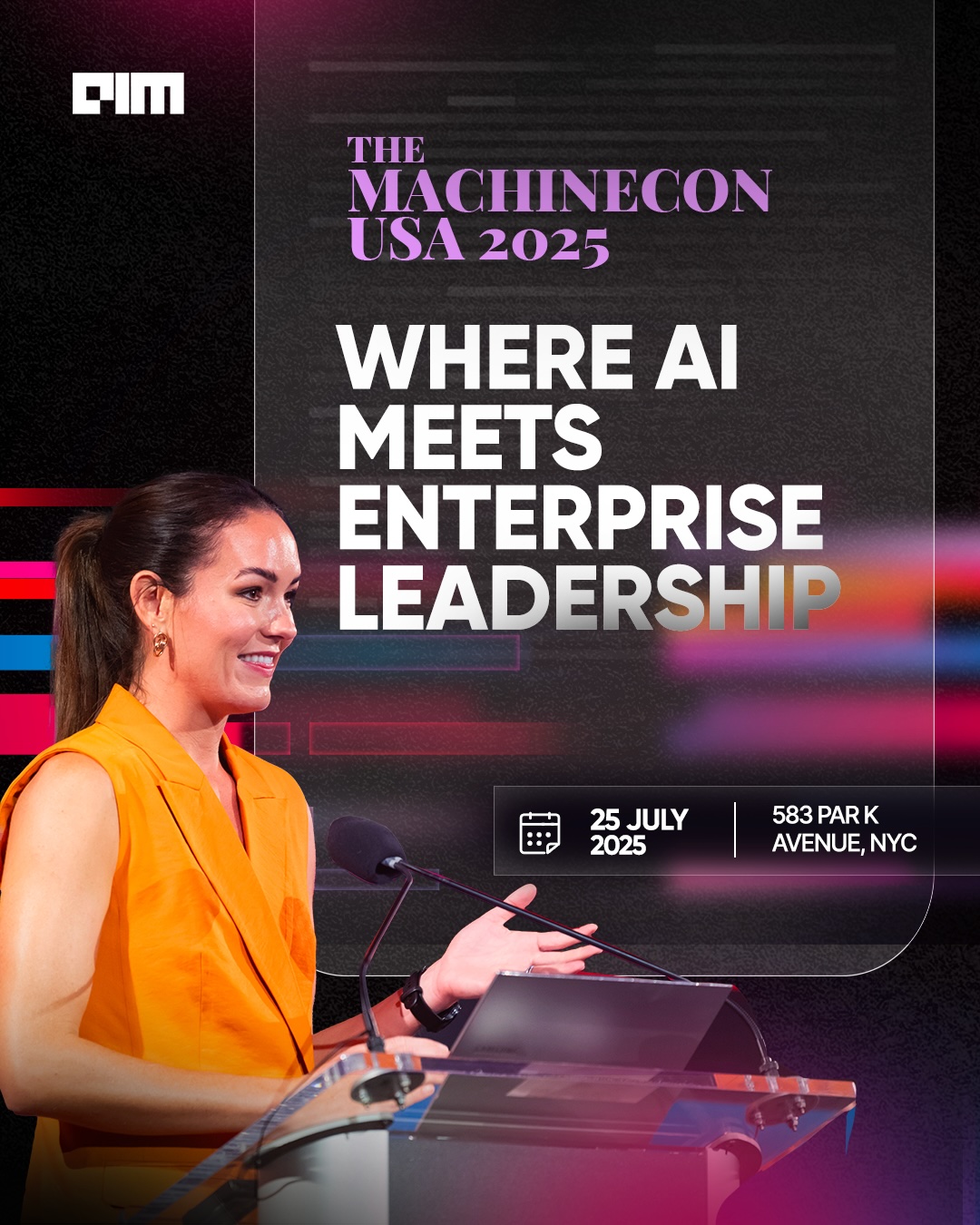In early 2024, a mid-level product manager at a San Francisco fintech startup logged into Slack and noticed something strange. Several team members, people she’d worked with daily had vanished from the company directory. No farewell messages. No calendar invites for exit interviews. Just… gone.
Later that day, she learned that more than a third of the operations and customer support teams had been let go in a sudden internal restructuring. But there was no mention of layoffs in the next all-hands meeting—only a vague reference to “efficiency through AI.” In place of the humans? A freshly integrated backend system powered by OpenAI’s GPT-4 API, quietly rolled out just weeks earlier.
This scene, once jarring, is becoming routine across corporate America. Quietly and without fanfare, companies are turning to artificial intelligence to replace to not just assist—human workers. The shift is fast, largely unannounced, and increasingly irreversible.
A growing number of U.S.-based AI startups are at the center of this transformation. Startups like Mercor, ConverzAI, and Libra are building tools that go beyond productivity enhancement. They are designed to perform the jobs of entire departments, from junior software engineers and customer service reps to sales agents and legal analysts.
And companies are buying in.
According to a March 2024 report from ResumeBuilder, 37% of U.S. companies say they’ve already replaced human workers with AI tools. Another 44% say they’re considering doing so by the end of 2025. The trend isn’t just theoretical, it’s actively reshaping how teams are structured and how work gets done.
“We’re seeing companies reimagine entire business models around AI,” said a partner at PwC, who helped author the firm’s 2024 Global CEO Survey. “This isn’t just a tool for productivity it’s a workforce strategy. And for many, that means fewer jobs, not just different ones.”
Language Games and Layoff Theater
Executives are careful with their words. In interviews with The Information and CNBC, many U.S. business leaders were quick to clarify: AI isn’t replacing workers, they insist. Job descriptions are merely being “redefined.” Teams are being “streamlined.” Manual roles are being “augmented.” But behind the sanitized language, the impact is clear teams are shrinking, job openings are vanishing, and attrition is being used as a cover for workforce reduction.
A joint study by Duke University and the Federal Reserve Banks reveals the broader picture: 76% of large U.S. companies planning to automate over the next year say they expect AI to directly replace human workers. In industries like finance, legal services, retail, and SaaS, some departments are being dissolved entirely as generative AI steps in to handle workflows previously considered too complex or nuanced for automation.
The irony? Even the C-suite isn’t safe.
A 2024 survey by edX found that nearly half (49%) of CEOs believe most or all of their own responsibilities could eventually be automated. Only 20% of employees, however, believe the same about their roles, exposing a growing disconnect between executive ambition and worker expectations.
“This is not about upskilling,” said one former HR director at a Fortune 500 retail firm that recently replaced 80% of its Tier 1 support staff with an AI chatbot. “It’s about cost control. It’s about doing more with fewer people—and not saying it out loud.”
The Startups Powering the Shift
Startups are not just riding this wave they’re building it.
Mercor, a Y Combinator-backed startup, lets companies submit software and content development tasks and receive AI-generated deliverables, eliminating the need for hiring full-time engineers or freelancers. CEO Alexander Koenig is clear about his vision: “Companies won’t need to hire. They’ll use AI agents that can handle everything from coding to documentation.”
Meanwhile ConverzAI is reshaping the way sales and customer service are handled. Its bots conduct outreach, manage inquiries, and close deals. Clients are quietly phasing out sales development teams in favor of always-on, always-polite AI agents that never sleep or need PTO.
And then there’s Tavus, a startup that enables hyper-personalized video communication using AI avatars. Sales and HR teams that once required headcount to record onboarding materials or prospecting videos can now scale efforts with synthetic footage that looks and sounds exactly like them—without pressing “record.”
The implications are staggering. These tools allow companies to reduce costs, move faster, and scale more efficiently. But they also enable a new kind of layoff: one without headlines, press blowback, or severance packages. A layoff that happens by omission rather than announcement.
A New Kind of Labor Crisis
As the U.S. economy teeters between growth and uncertainty, AI offers executives a powerful lever one that trims costs while keeping stock prices steady. Investors reward “leaner” operations. Boards applaud “automation initiatives.” And the public, increasingly conditioned to AI headlines, barely notices when another group of workers quietly disappears.
But for the workforce, the reality is more sobering. The “reskilling” narrative has yet to bear fruit in many industries. Jobs that vanish aren’t being replaced with new roles, they’re simply being erased. And while some workers manage to pivot into new fields, many others are left navigating a labor market that is evolving faster than their resumes can keep up.
The winners of this transformation are clear: the AI vendors, the enterprises that deploy them, and the shareholders who reap the rewards. The rest including the workers caught in the middleare left to figure out what productivity means when machines start to do it all.
“AI is going to eliminate a lot of jobs,” Elon Musk said at a public forum in late 2023. “Not just blue-collar jobs, it’s white-collar jobs, too.” IBM’s CEO Arvind Krishna made headlines the same year for saying that 30% of the company’s back-office roles could be automated in the next five years.
That future isn’t coming. It’s already here.
And in offices across America, the only clue is a name missing from Slack and a growing silence on the company organization chart.
























